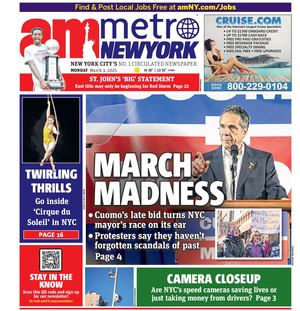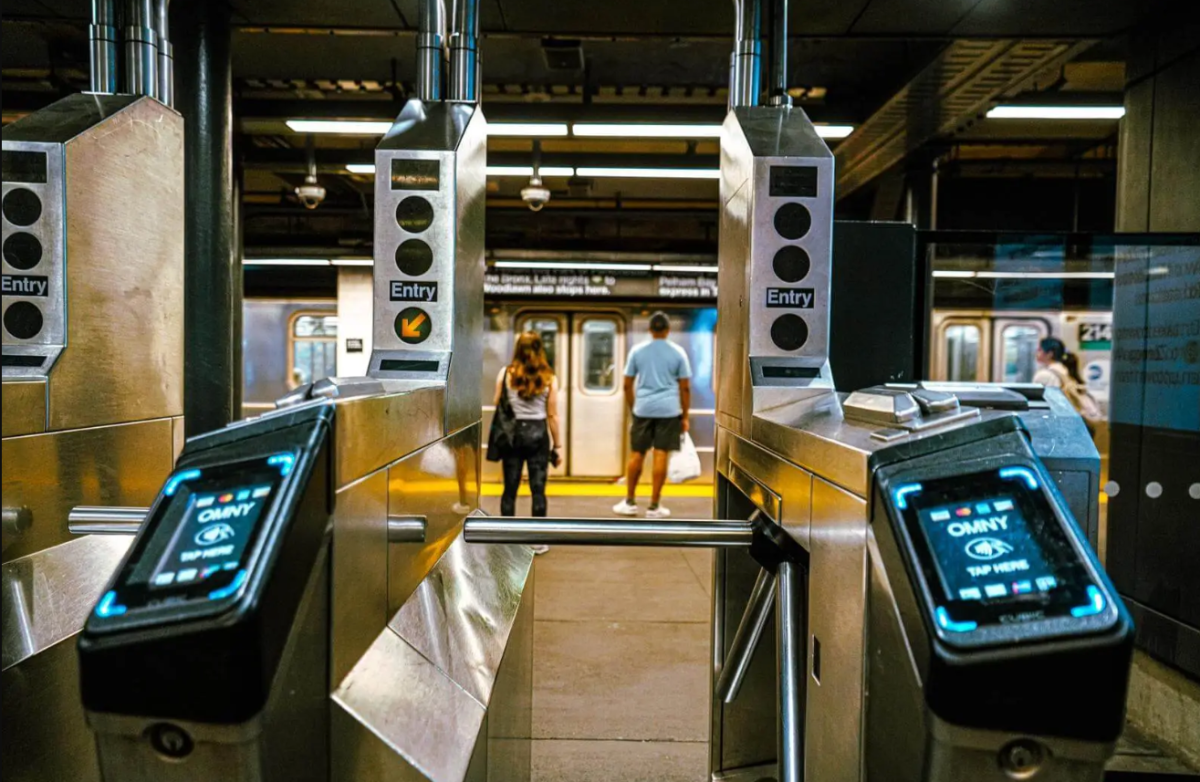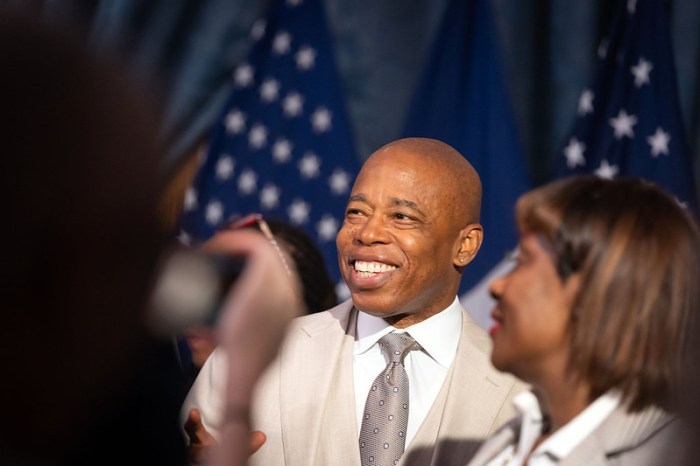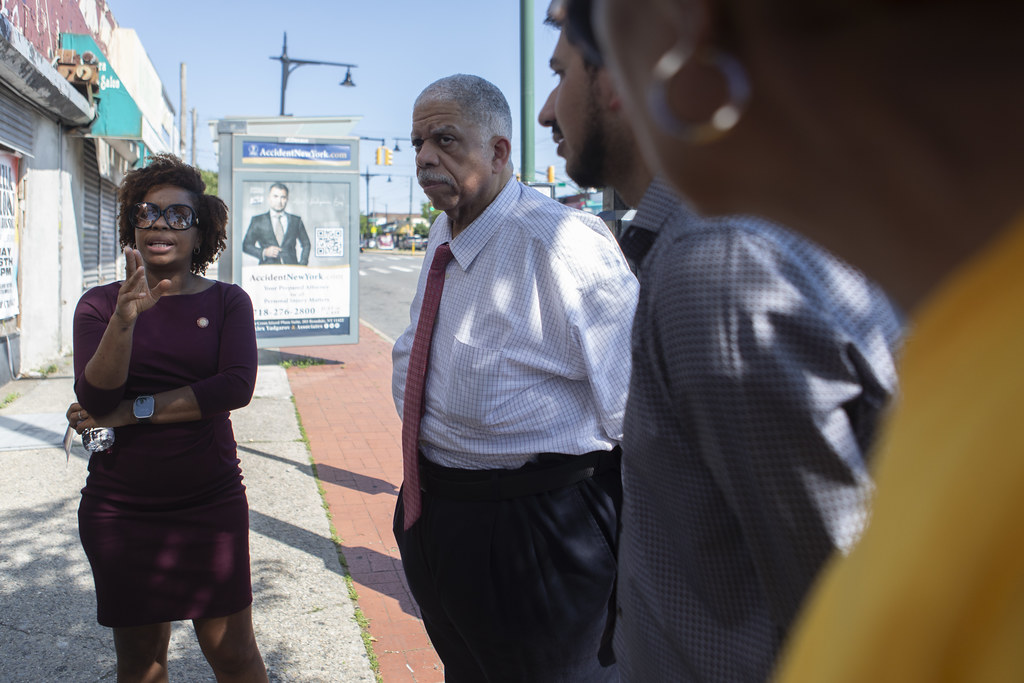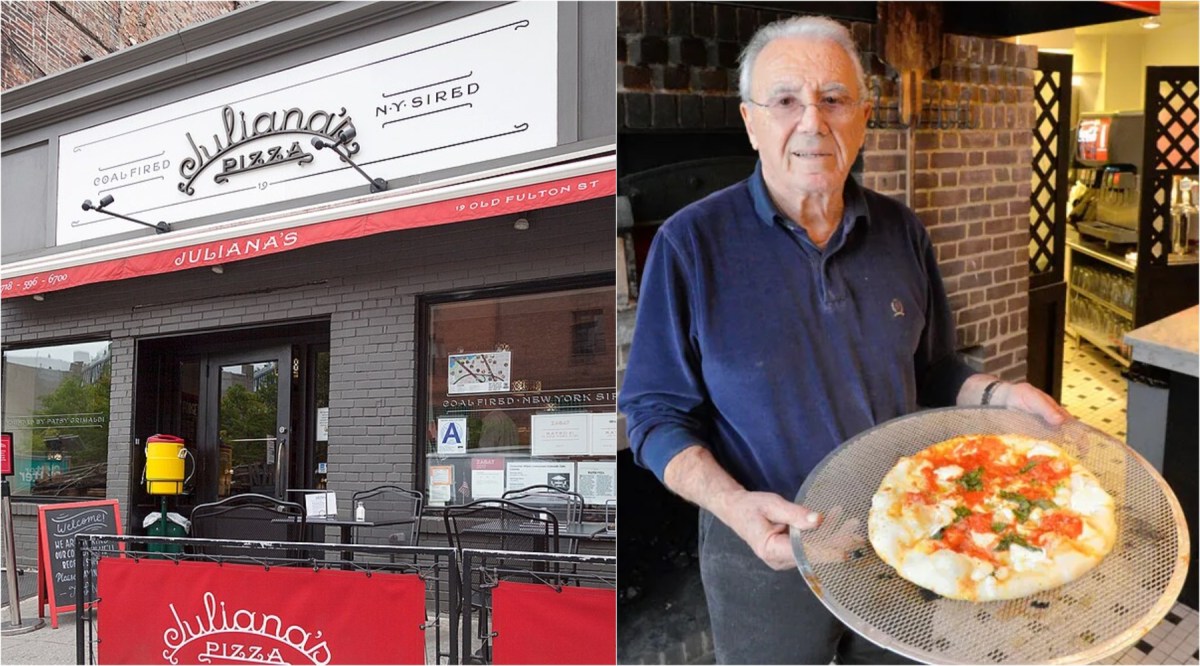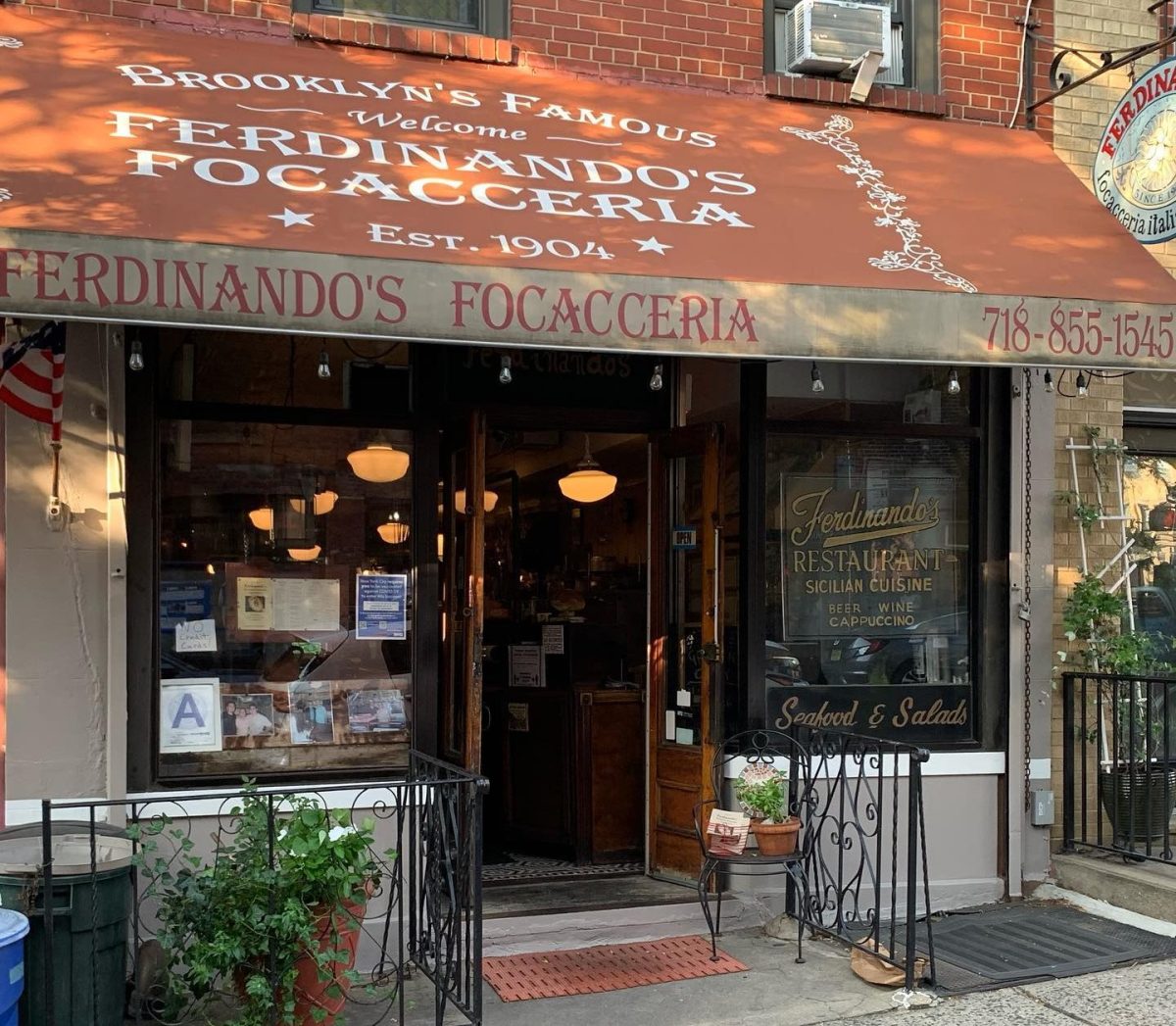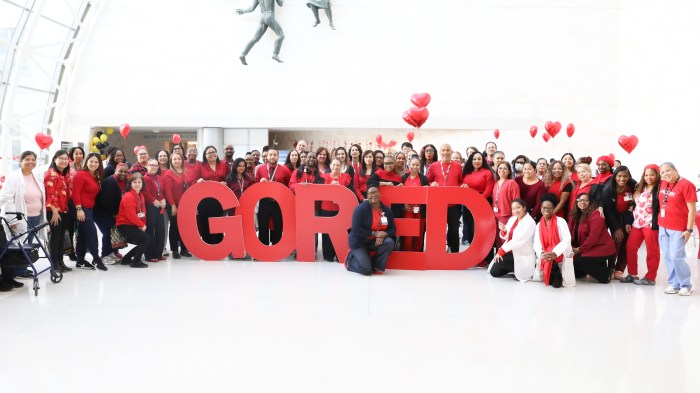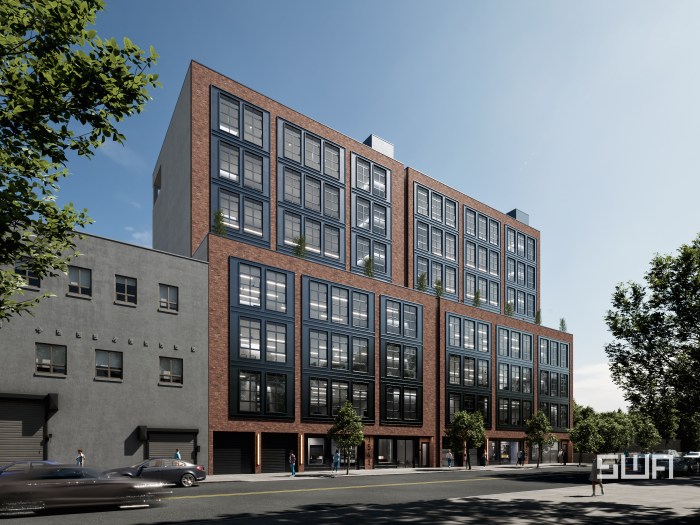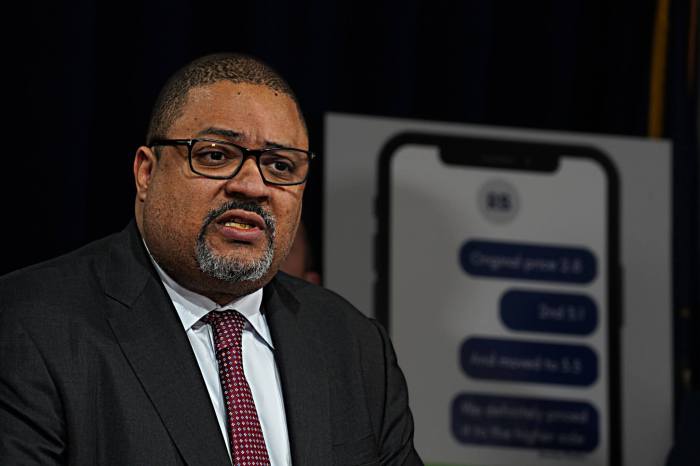City Council members and transit advocates are once again imploring the Adams administration to open up the Fair Fares transit discount to more low-income New Yorkers.
Nearly a million New Yorkers are eligible for half-priced MetroCards under Fair Fares, with about 200,000 of those coming this past June when eligibility levels were raised to 145% of the federal poverty level, up from 120%. However, this is far from adequate, according to advocates for the program and supporters in the City Council, including Speaker Adrienne Adams, who are pushing for 200%.
“We must take steps to address the rising costs our constituents are experiencing every single day. One of those costs is for public transit, which we know is the lifeblood of our city,” Speaker Adams said at a press conference outside City Hall on Tuesday. “Too many New Yorkers are struggling to afford the fair preventing them from moving in their own city.”
Those living at twice the federal poverty level in New York City are still struggling mightily with daily expenses. An individual making twice the federal poverty level still makes just $30,120 per year, while a family of four makes $62,400 — income levels that remain very tough to live on in one of the world’s most expensive cities.
“If anyone thinks about the median rent, you’ll understand that going to 200% of poverty, which brings people up to $62,000 for a family of four, you’re struggling,” said David Jones, president of the Community Service Society and a longtime advocate of Fair Fares. “I don’t care who you claim to be.”
At the current levels, eligibility is cut off for those making above $21,837 and families of four making $45,240. Only about 350,000 people, close to a third of those eligible, are actually receiving the benefit.
Advocates have long sought to increase the threshold to 200%, which Mayor Adams — who is not related to the Speaker — has opposed. The program began at 100% of the federal poverty level, increasing in the past two years to 120% and then to 145%.
Jones says the low threshold denies the poorest New Yorkers the right to move freely around the city, and might even play a part in the MTA’s record-high levels of fare evasion. Supporters say that increasing it to 200% could benefit some 650,000 New Yorkers.
“We believe the city can do more, a lot more, to support working New Yorkers who are the backbone of our city, who deserve half-price fares on subways and buses,” said Brian Fritsch, associate director of the Permanent Citizens Advisory Committee to the MTA.
What’s more, advocates say those entitled under the law to half-priced fares, those making between 120% and 145% of the federal poverty level, are still not actually eligible to receive them due to “administrative slowness.” Reached for comment, a spokesperson for the mayor’s office said this was because the policy is still in the rulemaking stage and said the same thing had occurred last year.
The Adams administration, however, is not committing to raising it to 200% before the city budget process.
“Over 350,000 low-income New Yorkers are saving on transit thanks to the Fair Fares discount, and as we prepare to expand income eligibility to 145% of the federal poverty level, we look forward to making New York City a little more affordable for thousands of newly eligible New Yorkers,” said Department of Social Services spokesperson Nicholas Jacobelli. “We will carefully assess the outcomes of this expansion and evaluate the necessity and feasibility of further program expansions through the budget process.”
Advocates are hopeful the mayor will take up the “urgent” matter in the budget.
“Mayor Adams and his administration, who talks a lot about his concern for working families, this could be one of the most transformative things that this administration and this Council can do,” said Jones.
